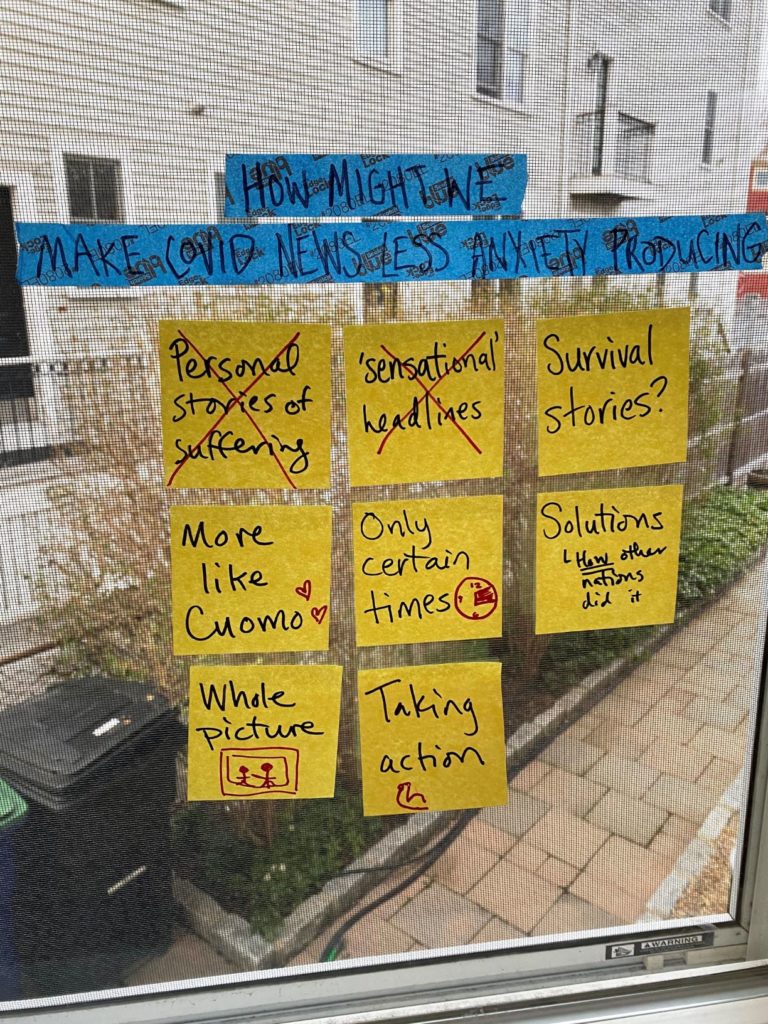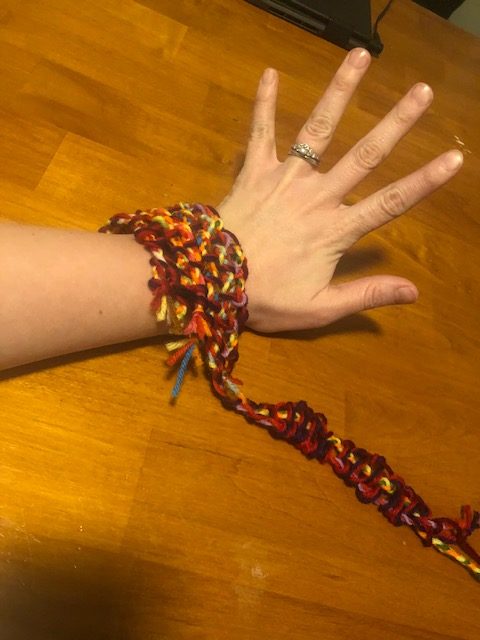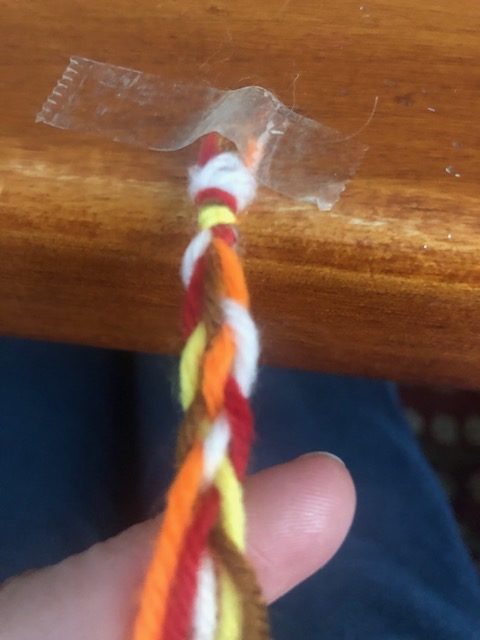The algorithms that social media and search engines use to elevate news stories are opaque to the public as well as those who report the news. However, we know that users’ interactions matter, clicks matter. We know that word choice and image choice make a difference – and it’s not less is more. People click more on vivid or graphic language and photos. But that doesn’t mean that’s what’s best for everyone. Remember when it seemed that “everyone” loved Game of Thrones? There were actually plenty of people who avoided GoT because it was too violent and triggering. Those avoiders lost the ability to have certain watercooler conversations, to potentially bond with others and to participate in a larger cultural moment. But news avoiders – people who don’t pay attention to the news because it’s upsetting or “too much” — miss out on something much greater.
Almost seven in 10 Americans say they’re worn out by the news, according to Pew Research Center. Reuters Digital News Report found that 38% of Americans sometimes or often avoid the news. When asked why, roughly 60 percent said because it negatively affects their mood. Countless articles – especially now during the COVID-19 pandemic — advise limiting news exposure for better productivity, better relationships and better mental health. Some of our own loved ones who have experienced trauma say their therapists advise them to turn off the news.
Studies show women are more likely to be upset by the news and more likely to avoid it. It’s noteworthy that women and sexual minorities (LGBT) also have higher rates of Post-Traumatic Stress Disorder than men and heterosexuals, respectively. African-Americans also have higher rates of trauma exposure, as do people from low-income backgrounds. However, trauma affects people across all demographics. Most Americans experience at least one trauma in their lifetimes, putting them at greater risk for depression, anxiety, substance abuse and other issues.
If trauma and the fear of re-traumatization also contributes to news avoidance, that means these populations that are already vulnerable are consuming less news. Studies have shown that people who consume less news are also less likely to be civically engaged. They may vote less or if they do vote be less informed about how candidates would impact their lives. News avoidance has a direct impact on democracy.
Ideally, we would change things about social media to address this. For instance, we would not surface the same story from multiple sources – which, when the story is particularly violent – can feel overwhelming. We would ensure the sources that are promoted are legitimate news sources. We would allow users to limit the number of news stories and time they receive it.
However, because most people get their news on Facebook and trying to change Facebook is like trying to steer a rudderless ship, our idea is instead to create a newsletter that attempts to counteract the negative aspects of news on social media. This would entail creating an actual newsletter with news content, A/B testing photos and headlines as well as traditional approaches vs. those with different context and solutions and alpha testing and surveying consumers. Our hope is that by taking such steps we can prove that there is a smaller but more loyal audience for trauma-informed journalism and determine a path forward for it to avoid losing important audiences.
–Anne Godlasky and Gabi Manuli





